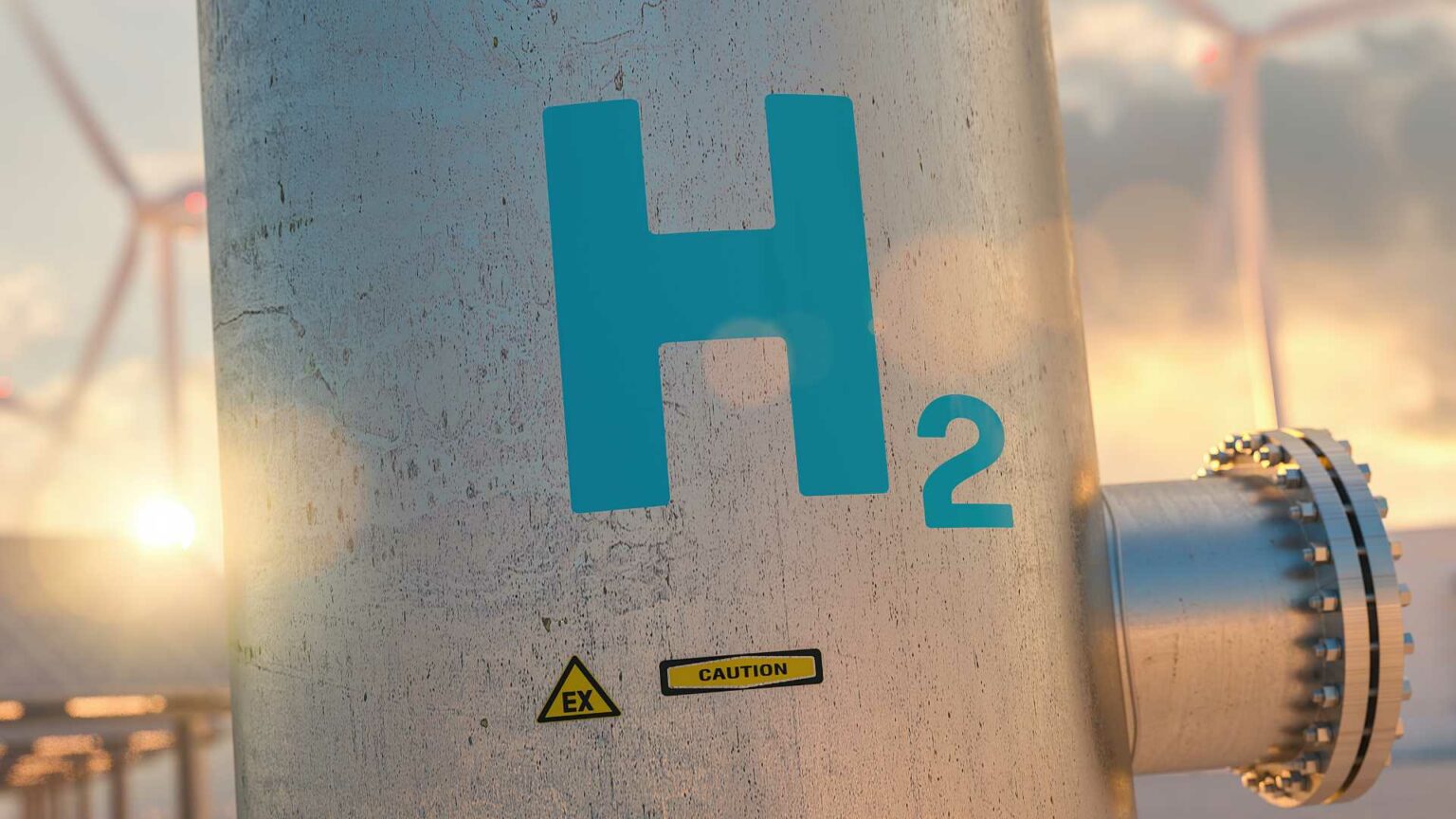Alicante’s port is close to the massive Valencia port, one of the largest in Spain, handling 76.8 million tons of cargo last year compared to Alicante’s 3.1 million.
Despite this proximity, Alicante is not just following in Valencia’s shadow. The port is devising strategies to carve out its own space in the Mediterranean. This involves opening new cargo lines with Turkey, Egypt, and Morocco, enhancing existing ones with the Canary Islands, attracting tech companies, and embracing sustainable practices, including installing a green hydrogen plant.
Luis Rodriguez, president of the Alicante Port Authority, emphasizes that the goal is not to compete directly with Valencia but to leverage Alicante’s unique strengths. Key initiatives include connecting with the local industrial sector, which historically relies on Valencia for exports, and enhancing rail connections with Madrid and the north of Spain.
Shipping and Rail Links
The port’s expansion efforts are highlighted by the involvement of the shipping company JSV, which has reinforced its operations in Alicante by remodeling a terminal and opening a new line with Turkey. This new route links Alicante with Ambarli in Istanbul and the Canary Islands, making Alicante a crucial logistics hub for Middle Eastern trade.
A new line with Egypt has also been established by the shipping company Romeu & Cía, connecting Alicante with Genoa, Misurata, and Alexandria. Another link with Morocco has been launched by Maghreb Container International, further enhancing Alicante’s role in global trade.
Rail connections are equally important. JSV has introduced a train service between Alicante and Madrid and another to Miranda de Ebro, significantly improving the port’s competitiveness. Plans are underway to construct a major intermodal station linking the port to the Mediterranean corridor, which is aimed to be completed by 2027.
Infrastructure Development
Alicante Port also focuses on infrastructure improvements, prominently through the completion of Pier 19. This project will create at least 100,000 square meters of space, facilitating industrial and commercial activities and accommodating future growth in cargo traffic. The planned investments for these developments are substantial, around 30 million euros over four years.
Sustainability and Technological Innovation
Sustainability is a priority, with a green hydrogen pilot plant planned under the Vahia 2030 project. This initiative involves the regional government, the Alicante Provincial Council, the Port Authority, and several companies aimed at using green hydrogen for container movement and maritime transport. Additionally, a photovoltaic plant will further the port’s sustainability goals.
Alicante Port is also becoming a hub for tech companies, aligning with the region’s push for innovation. Collaborating with the Regional Ministry of Innovation, the port has a subsidiary of the Digital District tech firms and is launching a hub for digital enabling technologies. Developing a logistics and industrial activity area will transform unused warehouses into active spaces, creating a tech park covering 500,000 square meters.
Attracting Cruise Ships
The port is also becoming more attractive for cruise ships. Last year, 85 ships with 359,090 passengers were recorded, a 47% increase from the previous year. While still behind Valencia, which had 269 ships and 1.56 million passengers, Alicante is closing the gap, partly thanks to companies like MSC Cruises choosing Alicante as a base.





